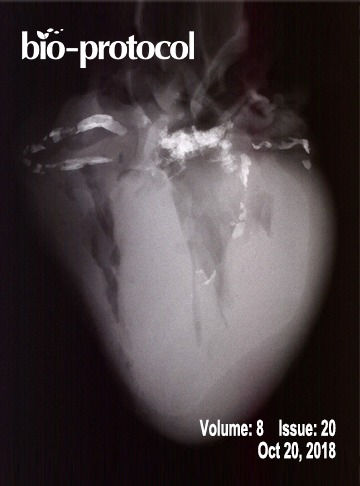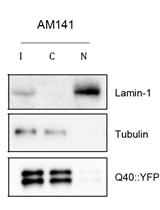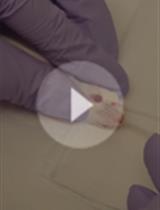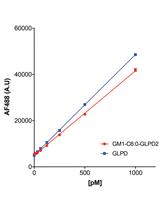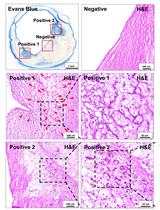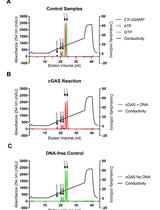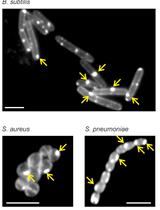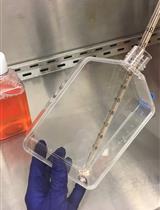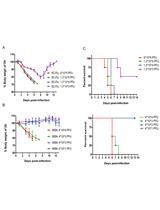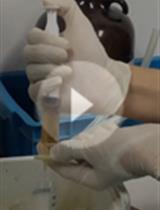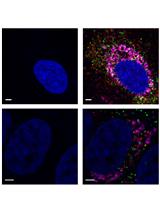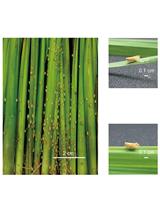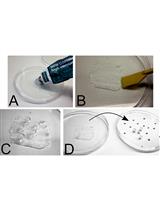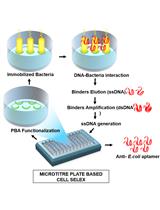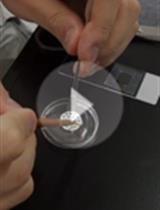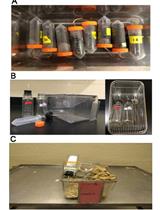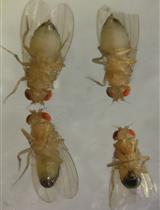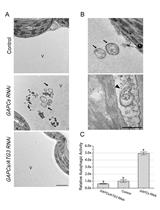往期刊物2018
卷册: 8, 期号: 20
生物化学
Nuclear/Cytoplasmic Fractionation of Proteins from Caenorhabditis elegans
秀丽隐杆线虫中细胞核/细胞质蛋白的分离
细胞生物学
Murine Pharmacokinetic Studies
小鼠药代动力学研究
Transcytosis Assay for Transport of Glycosphingolipids across MDCK-II Cells
MDCK-II细胞间鞘糖脂运输的跨细胞转运检测
Vascular Permeability Assay in Human Coronary and Mouse Brachiocephalic Arteries
人冠状动脉和鼠头臂动脉的血管渗透性检测
免疫学
A Highly Sensitive Anion Exchange Chromatography Method for Measuring cGAS Activity in vitro
一种体外检测cGAS活性的高效阴离子交换色谱法
微生物学
Assessing Membrane Fluidity and Visualizing Fluid Membrane Domains in Bacteria Using Fluorescent Membrane Dyes
利用荧光膜染料评估膜流动性以及观察细菌中的流体膜结构区域
HIVGKO: A Tool to Assess HIV-1 Latency Reversal Agents in Human Primary CD4+ T Cells
HIVGKO:一种用于检测人原代CD4+T细胞中艾滋病潜伏期逆转剂的工具
H1N1 Virus Production and Infection
H1N1病毒的制备和感染
Preparation and Purification of Proteins Secreted from Phytophthora sojae
大豆疫霉菌分泌蛋白的制备和纯化
Detection and Differentiation of Multiple Viral RNAs Using Branched DNA FISH Coupled to Confocal Microscopy and Flow Cytometry
分支DNA FISH技术联合共聚焦显微镜或流式细胞术检测和鉴别多样的病毒RNA
Rice Ragged Stunt Virus Propagation and Infection on Rice Plants
稻株中水稻齿叶矮缩病毒的传播和感染
分子生物学
Generation of Gene Knockout and Gene Replacement with Complete Removal of Full-length Endogenous Transcript Using CRISPR-Trap
通过CRISPR-Trap完全移除内源全长转录本进行基因敲除和基因置换
Microtitre Plate Based Cell-SELEX Method
基于微量滴定板的Cell-SELEX技术
神经科学
Optical Clearing and Index Matching of Tissue Samples for High-resolution Fluorescence Imaging Using SeeDB2
利用SeeD2培养基对组织样品光透明及折射率匹配以实现高分辨率成像
Behavioral Evaluation of Seeking and Preference of Alcohol in Mice Subjected to Stress
承受应激小鼠的觅食和酒精偏好的行为学评估
Testing for Assortative Mating by Diet in Drosophila melanogaster
通过饮食控制测定黑腹果蝇的选型交配
植物科学
Examining Autophagy in Plant by Transmission Electron Microscopy (TEM)
利用透射电镜检测植物细胞自噬
Pneumatic Method to Measure Plant Xylem Embolism
气动法检测植物木质部栓塞


